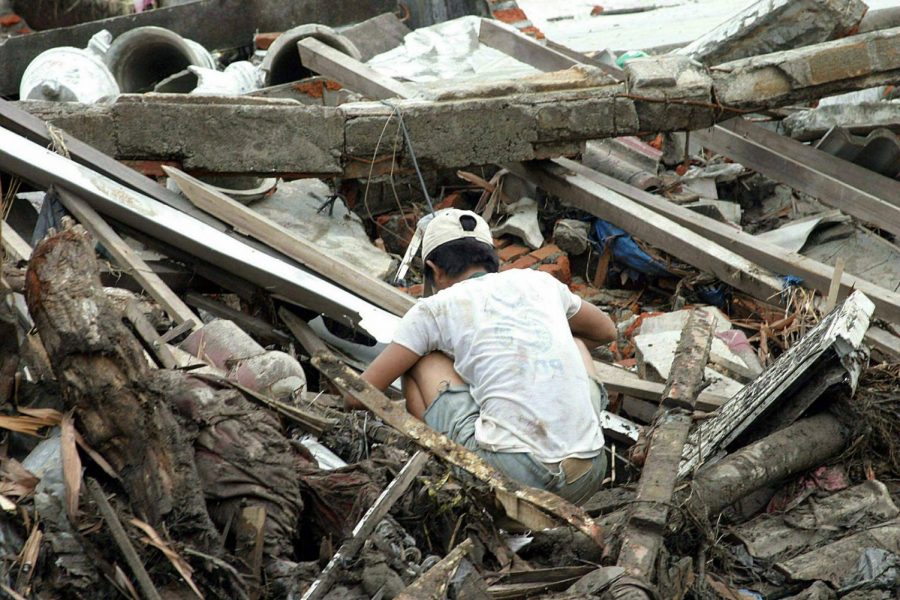Disaster strikes in Indonesia: 6.2 magnitude earthquake leaves the Indonesian island Sulawesi in ruins
The January 15 earthquake killed over 70 people and left hundreds homeless
January 26, 2021
Indonesia’s province of West Sulawesi was struck by a 6.2 magnitude earthquake on the morning of January 15, 2021, leaving dozens dead and hundreds injured.
The earthquake’s epicenter was 6 kilometers Northeast of the city of Majene, where relief efforts are primarily being focused, as well as in the city of Mamuju. A search for survivors continues among the substantial damage.
According to the Associated Press, the death toll stands at 78, 11 in Majene and 67 in Mamuju (with a possible increase as assessment continues). The National Search and Rescue Agency’s data shows that an approximation of 28,850 survivors have been relocated to makeshift shelters as many are left homeless. There, survivors withstand heavy monsoon downpours and many fear an outbreak of COVID-19 due to an unavailability of masks.
As stated by the Office for the Coordination of Humanitarian Affair’s Relief Web, “Heavy damages have been reported by both districts, including the Governor’s office, two hospitals, 25 schools, two hotels, a minimarket, a community health centre, Mamuju Seaport, a bridge, a TNI office and over 300 houses also sustained damages.” Following the flattening of a hospital among the destruction, BBC reports the deaths of at least 8 and the evacuation of 60. In the absence of a hospital, patients were treated and cared for in a field hospital. An aftershock with a magnitude of 5.0 followed on Saturday but fortunately, there was no additional damage.
The search operation is predominantly being led by the Indonesian Red Cross. Specialist ambulance crews and first aid teams have been directed to aid the injured and transport them to hospitals. According to the American Red Cross, “Teams are assisting with the more than 15,000 displaced persons by helping evacuate residents from the earthquake zone to safer areas. Currently, there are ten evacuation sites.” Additionally, excavators, cranes and other heavy-lifting equipment have been deployed in the area to assist in the clearing of rubble and search for survivors.
“Our first priority is to search for survivors and tend to the wounded. These hours are critical for saving lives,” said Indonesian Red Cross Secretary General Sudirman. “We are working double time to help injured survivors, keep them safe from COVID-19 and provide relief to the thousands who have been displaced from their homes.”
The Sulawesi quake has been only one in the string of disasters endured by Indonesia over the course of recent weeks. On January 9, Sriwijaya Air Flight 182 plunged into the ocean with 62 people on board. The flight plummeted close to 10,000 feet in 14 seconds after takeoff from Jakarta, Indonesia’s capital, killing all passengers on board. Additionally, caused by heavy rainfall and unstable soil, landslides in the Indonesian island of Java have left 11 dead and 18 injured. According to ABC News, “This year’s disasters have been more deadly — 166 people died so far in January 2021, compared to 91 people who lost their lives in natural disasters in January 2020.”
Indonesia’s geographical placement on the “Ring of Fire” has been put to blame for the copious natural disasters, as the abundance of volcanoes and earthquakes is caused by the movement of tectonic plates in the area. However, environmentalists argue that the severity of the disasters may be caused by deforestation and climate change, as seen in Greenpeace Indonesia’s claim that “floods, landslides and forest fires had dominated the list of disasters in Indonesia in recent years, particularly in areas where forest conditions were ’already critical.’”












